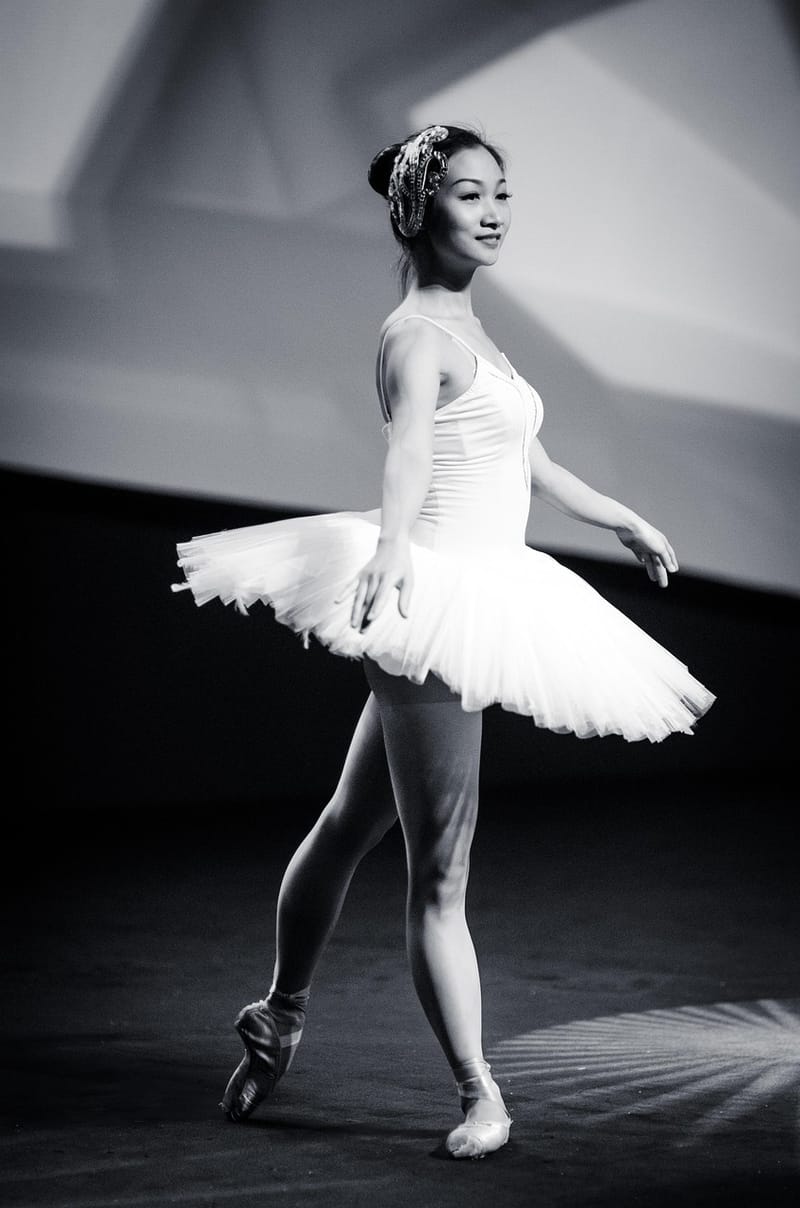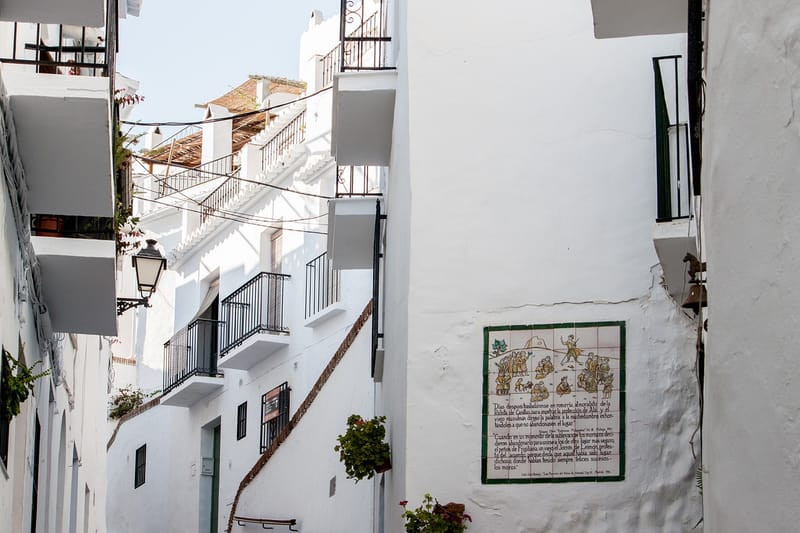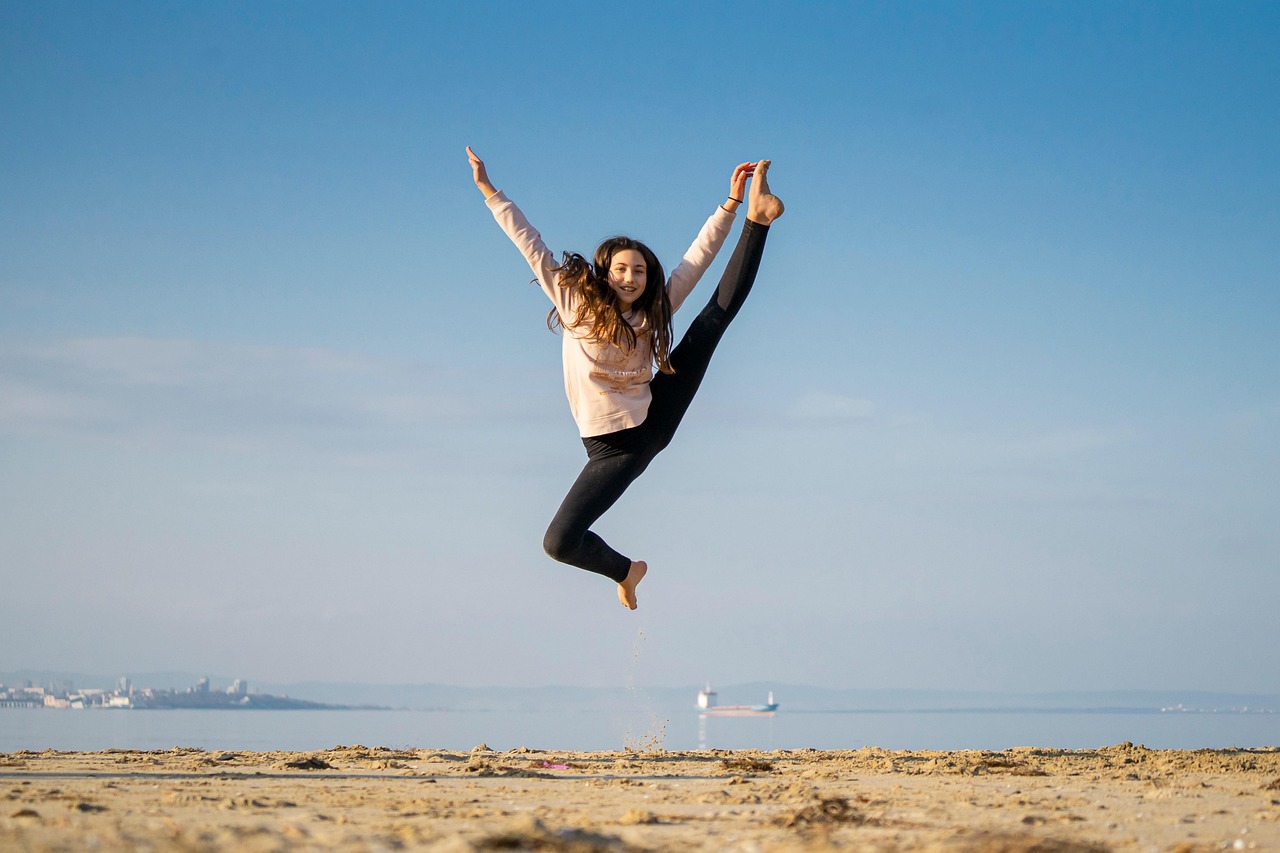Dance - Part 3
Exploring Expressive Movement Forms
Welcome to the third part of our series on expressive movement forms! In this installment, we will delve into two captivating styles: contemporary dance and flamenco. Both of these forms offer unique expressions of emotion, culture, and artistry through movement. Let's explore what makes them so special.
Contemporary Dance
Contemporary dance is a dynamic and versatile form that combines elements of ballet, jazz, and modern dance. It often focuses on self-expression, creativity, and the exploration of new movement possibilities. Dancers in this style often use improvisation and innovative choreography to convey personal narratives and emotions.
Contemporary dance can be fluid and expressive, with movements that range from subtle and nuanced to powerful and athletic. Dancers may explore themes such as relationships, identity, and social issues through their performances. The use of space, time, and energy are essential components of contemporary dance, creating visually stunning and emotionally resonant performances.

Flamenco
Flamenco is a passionate and vibrant Spanish dance form that incorporates elements of dance, music, and singing. Known for its emotional intensity and intricate footwork, flamenco is a powerful expression of the Andalusian culture. Dancers in flamenco use their entire bodies to convey a range of emotions, from joy and love to sorrow and longing.
The rhythmic patterns and percussive footwork of flamenco are central to its expressive power. Dancers often perform with a guitarist and singer, creating a dynamic interplay of music and movement. Flamenco's traditional costumes, including colorful dresses and fringed shawls, add to the visual spectacle of the performance.

Conclusion
Contemporary dance and flamenco are two captivating expressive movement forms that offer unique insights into the human experience. Whether exploring the depths of personal emotion through contemporary dance or immersing oneself in the cultural richness of flamenco, these styles provide a window into the power and beauty of movement as a form of art and communication.
Stay tuned for the next part of our series, where we will uncover more intriguing and inspiring forms of expressive movement. Keep dancing!
